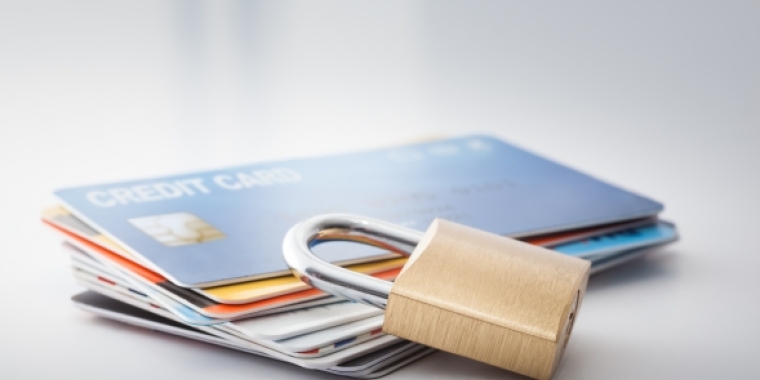
Protect Yourself: Information on the Equifax Security Breach
Sen. John Brooks
September 25, 2017

Earlier this month, Equifax reported that hackers gained access to company data that potentially compromised sensitive information for nearly 143 million American consumers. The breach included sensitive personal information such as social security numbers, driver’s license numbers, names, addresses, and birth dates.
I have co-sponsored legislation introduced by my Senate Democratic Conference colleague, Senator Leroy Comrie, in response to this incident. The legislation would require consumer credit reporting agencies to disclose data breaches within 15 days of discovery. It would also place an automatic security freeze on consumer credit reports and waive the fee for consumers to unfreeze their credit report. Further, it would provide clear state regulation over consumer credit reporting agencies like Equifax.
I am committed to New York State taking strong action to protect hard working consumers and their personal information. Meanwhile, you should be aware of what actions you can take if your information has been stolen and how to protect yourself in the future.
There are steps to take to help protect your information from being misused:
- Visit Equifax’s website, www.equifaxsecurity2017.com.
- Find out if your information was exposed. Click on the “Potential Impact” tab and enter your last name and the last six digits of your Social Security number. Your Social Security number is sensitive information, so make sure you are on a secure computer and an encrypted network connection any time you enter it. The site will tell you if you have been affected by this breach.
- Whether or not your information was exposed, U.S. consumers can get a year of free credit monitoring and other services. You will be given a date when you can come back to enroll either via email or on the site. Write down the date and come back to the site and click “Enroll” on that date. You have until November 21, 2017 to enroll.
- You also can access frequently asked questions at the site.
Here are some other steps to take to help protect yourself after a data breach:
- Check your credit reports from Equifax, Experian, and TransUnion — for free — by visiting annualcreditreport.com. Accounts or activity that you don’t recognize could indicate identity theft. Visit IdentityTheft.gov to find out what to do.
- Consider placing a credit freeze on your files. A credit freeze makes it harder for someone to open a new account in your name. Keep in mind that a credit freeze won’t prevent a thief from making charges to your existing accounts.
- Monitor your existing credit card and bank accounts closely for charges you don’t recognize.
- If you decide against a credit freeze, consider placing a fraud alert on your files. A fraud alert warns creditors that you may be an identity theft victim and that they should verify that anyone seeking credit in your name really is you.
- File your taxes early — as soon as you have the tax information you need, before a scammer can. Tax identity theft happens when someone uses your Social Security number to get a tax refund or a job. Respond right away to letters from the IRS.
- Visit Identitytheft.gov/databreach to learn more about protecting yourself after a data breach.
* Source: Expertise provided by the Division of Consumer & Business Education, Federal Trade Commission
related legislation
Share this Article or Press Release
Newsroom
Go to NewsroomSenator Brooks 2022 Woman of Distinction
August 26, 2022



